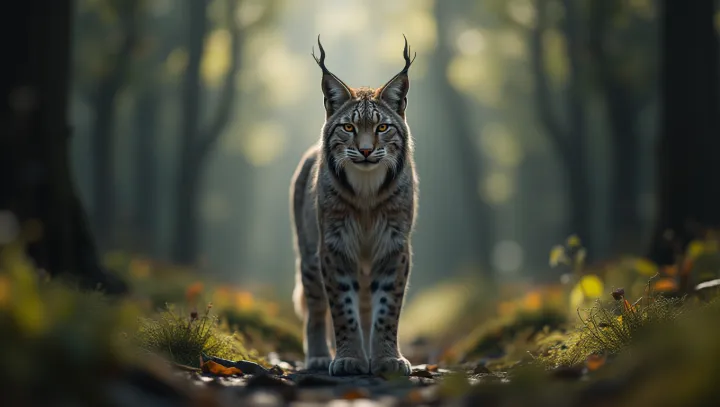Unveiling the Secret of Lynx

In the vast, untamed forests of Northern Europe and North America, the lynx prowls in stealth, a shadowy figure often enveloped in mystery. Long mistaken for a distant relative of commonplace wild cats, recent research has solidly classified the lynx as a true member of the Felidae, or cat family, much like its more famous cousins, the lion and tiger. Fascinated by its elusive nature, scientists at the University of Helsinki have undertaken comprehensive studies to dissect its biological traits.
Professor Alvar Ristenen, a renowned wildlife biologist, stated, 'This revelation will hopefully spark greater recognition of the lynx's role in ecosystems and bolster efforts for its protection.' Distinguished by its tufted ears and stealthy grace, the lynx displays behavior quintessential to feline species, including retractile claws and a propensity for certain stealthy hunting techniques. This reclassification not only highlights evolutionary ties but emphasizes the urgent need for focused conservation strategies to preserve this crucial predator. Public interest has been piqued by these revelations, as awareness campaigns and educational programs seek to redefine the lynx's image.
As global wildlife conservation efforts grow, the lynx stands as a testament to the intricate and often misunderstood fabric of natural ecosystems, compelling us to look closer and see the hidden threads that bind the natural world together.
